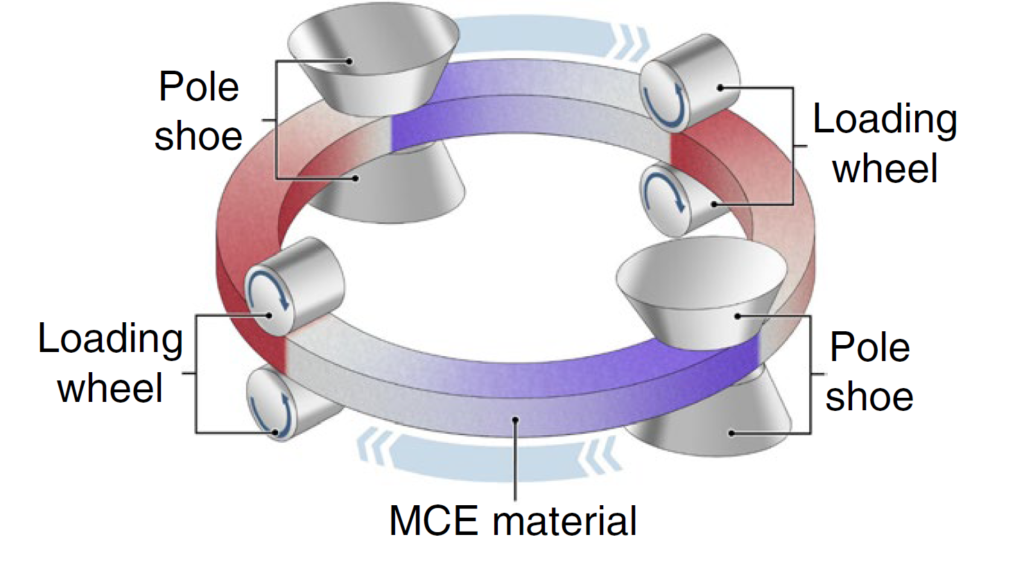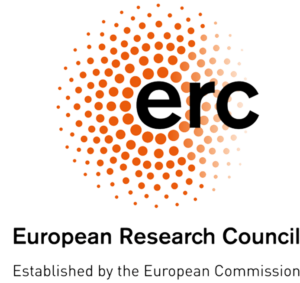There are several problems of the existing magnetocaloric cooling technology. First, it requires a large amount of rare earth based Nd-Fe-B permanent magnets, which makes the future device expensive. In the field produced by the best permanent magnets, the magnetocaloric effect (MCE) of most promising for solid state cooling materials is small, which leads to a small operating range. The range can be increased by employing an active magnetic regeneration (AMR) cycle , but then only a small percentage of the refrigerant will contribute to cooling. Besides, the materials usually exhibit largest magnetocaloric effects at a first-order phase transformation, which means a presence of the hysteresis that automatically lowers the efficiency of any material. The standard approach lies in attempts to minimize this hysteresis.
Recently we proposed an alternative: we exploit, rather than avoid, the thermal hysteresis of magnetocaloric materials which undergo a first-order transition1. By applying magnetic field at a temperature near the transition, the material transforms to the high-magnetization phase. When the magnetic field is removed, the material remains “locked” in the phase with high magnetization because of the hysteresis. Now another stimulus, such as mechanical stress, can be applied to transform the material back to the original state. In this way, we turn the thermal hysteresis from being a problem for magnetocalorics into an advantage for multi-stimuli caloric materials. The working principle of such multicaloric cycle is shown below on the left, while the design of a possible future cooling device is illustrated on the right.


As the external magnetic field is required only for a very short time and only for a small volume of the material, this concept drastically reduces the costs of the magnetic field source. At the same time, the field strength can be increased, which in turn proportionally enhances the MCE. As the multicaloric material retains its temperature drop after the magnetization-demagnetization step, there is no need in a fast flow of the heat exchange fluid as required in the classical AMR for enhancing of the cooling power. The essential advantage of the hysteresis-positive approach is that the cooling power is increased by scaling up the amount of the magnetocaloric material, while the magnetic system, loading unit and operating frequency are kept the same.
The challenge, however, apart from the innovative design of the multi-stimuli demonstrator, is the search for appropriate materials that should be considered as refrigerants. Compounds with the inverse magnetocaloric effect, for instance, Heusler alloys, are more favourable because they cool when the magnetic field is applied, and thereby simplify the heat exchange. The material also needs to withstand cyclic mechanical loads and magnetic field applications. Again, the Heusler system provides many opportunities for tuning both magnetic and mechanical properties in a wide range.
1T. Gottschall, A. Gràcia-Condal, M. Fries, A. Taubel, L. Pfeuffer, L. Mañosa, A. Planes, K.P. Skokov and O. Gutfleisch.
A multicaloric cooling cycle that exploits thermal hysteresis, Nature Materials (2018)
https://doi.org/10.1038/s41563-018-0166-6



